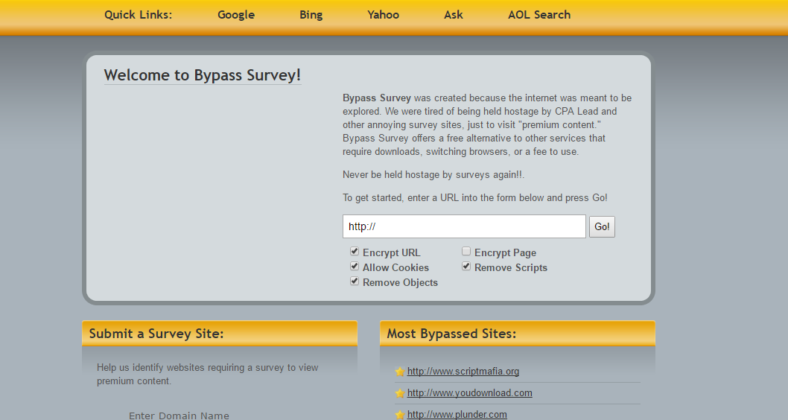

The EU has similar laws, such as AML4, and other countries implement their own versions of these laws. In-Depth AnalysisĪll regulated financial companies operating in the United States are required to identify users on their platforms in order to comply with Know Your Customer (KYC) and anti-money laundering (AML) laws. Image 1: An example of how deepfake technology analyzes faces. Video: Demonstration of deepfake technology and implications for malicious use (full video via NOVA PBS Official ). At the current moment, widely available deepfake detection technology lags behind deepfake creation technology counterfeits can only be detected after careful analysis using specialized AI, which has a 65% detection rate. Deepfakes are images or videos in which the content has been manipulated so that an individual’s appearance or voice looks or sounds like that of someone else. These tools leverage advancements in machine learning, neural networks, and artificial intelligence (AI) to create “deepfake” counterfeits. Now, however, threat actors have begun turning to more powerful software, such as DeepFaceLab and Avatarify. Until recently, actors have been using less advanced software, such as the Face Swap feature in Adobe Photoshop, that have been in use for a long time.

Gemini analysts have observed an increasing number of posts on dark web forums about bypassing sites’ identity verification with face-change technology that uses selfies or videos. As more companies turn to virtual identity verification, Gemini analysts assess with a moderate level of confidence that cybercriminals will likely begin to use deepfakes on a larger scale to deceive and bypass facial recognition checks.Multiple actors in the dark web recommended using DeepFaceLab or Avatarify, likely due to the fact that both are free, open-source software that do not require advanced technical knowledge.



 0 kommentar(er)
0 kommentar(er)
